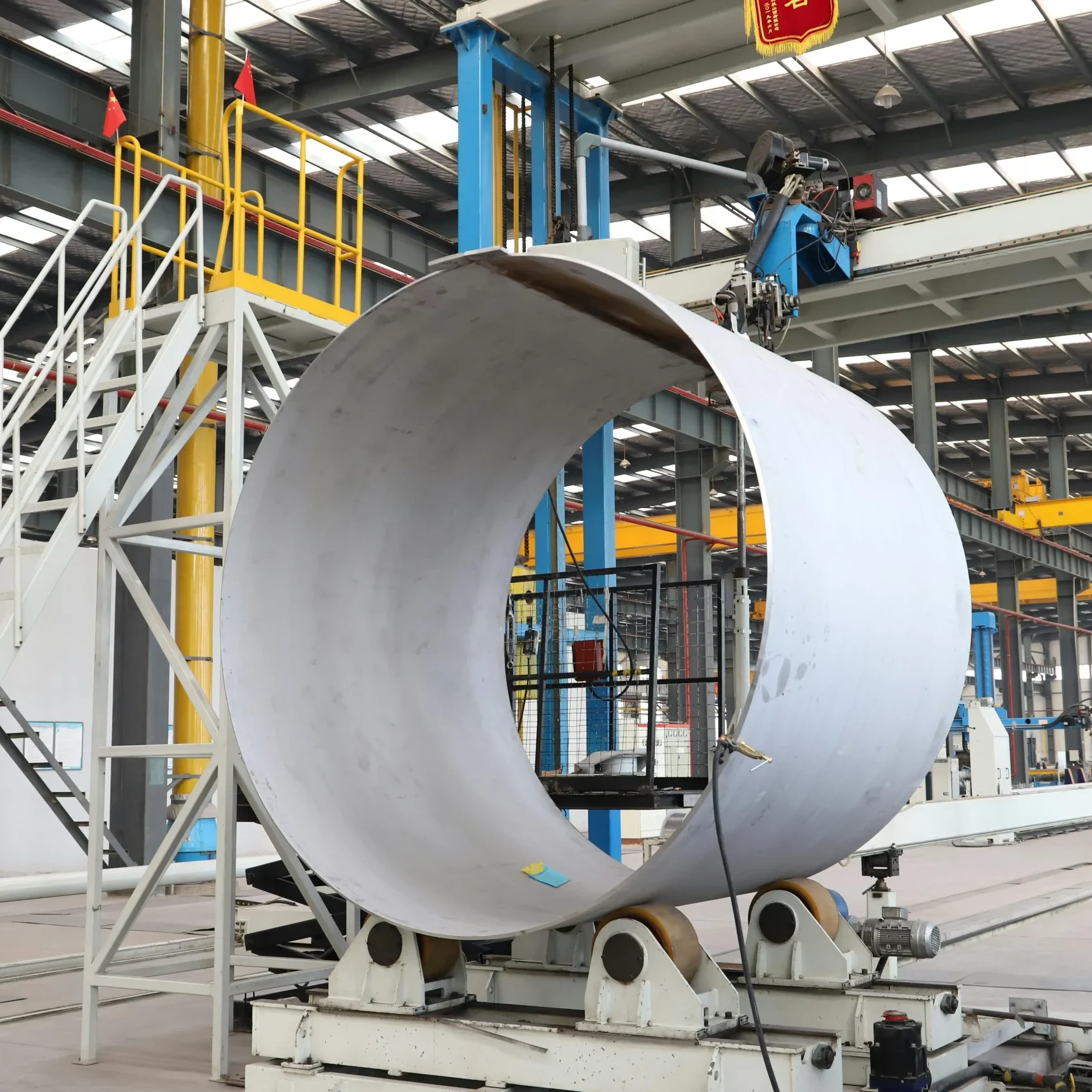In the urban landscape, security and efficient traffic management are more critical than ever. An automatic license plate recognition camera system stands as a cornerstone technology that not only enhances public safety but also plays a pivotal role in traffic control. With bustling city streets and ever-increasing vehicle volumes, these systems provide law enforcement, municipal authorities, and private security firms with real-time data essential for rapid response and efficient incident management. By automating the process of license plate capture and identification, these systems reduce human error and allow for immediate action, ultimately ensuring safer roads and more secure communities.
When implemented as an ALPR camera solution, these devices can significantly decrease traffic congestion, improve urban planning, and bolster overall public safety. With advancements in sensor technology and high-speed data transfer, modern automatic license plate recognition camera systems offer unparalleled accuracy and reliability—features that are indispensable in today’s security and traffic landscapes.
Essential Qualities of Automatic License Plate Recognition Cameras
Superior Resolution and Detail Capture
One of the most critical factors for an automatic license plate recognition camera is its ability to capture high-resolution images. The clarity of the license plate details, especially under challenging conditions like low light or high-speed movement, is paramount. Cameras with high resolution ensure that even the smallest alphanumeric characters are distinctly captured, which is essential for accurate identification. High-resolution sensors, often boasting dimensions such as 5120×5120 or even higher, guarantee that every element is rendered with precision. This level of detail minimizes errors in reading license plates and significantly enhances the reliability of the system—an essential feature for any robust ALPR camera.
Advanced Global Shutter Technology
Motion blur can be a major hindrance in environments where vehicles are in constant, rapid motion. To address this, a top-performing automatic license plate recognition camera should utilize global shutter technology. Unlike rolling shutters that capture images line by line, a global shutter records the entire frame simultaneously. This capability is crucial in ensuring that fast-moving vehicles are captured with minimal distortion. With a global shutter, the integrity of every license plate is maintained, even when vehicles zip by at high speeds. The implementation of global shutter sensors is a definitive characteristic of a reliable ALPR camera, as it ensures clear, undistorted imagery essential for accurate license plate recognition.
Fast Shutter Speeds and Precise Exposure Control
The performance of an automatic license plate recognition camera is greatly enhanced by its shutter speed and exposure control capabilities. High shutter speeds are essential to freeze the motion of rapidly moving vehicles, thereby eliminating blur and ensuring that the captured images are crisp and clear. Additionally, precise exposure control is necessary to adapt to varying lighting conditions—be it the glare of midday sun, the dimness of early morning, or the unpredictable illumination of urban environments. The combination of rapid shutter speeds and dynamic exposure control enables these cameras to deliver consistent performance under diverse conditions. This reliability is a key feature of any effective ALPR camera, ensuring that every license plate is captured accurately regardless of external factors.
Optimized Pixel Quality and Sensor Performance
The overall performance of an automatic license plate recognition camera also depends on the quality of its sensor and the individual pixel performance. Smaller pixel sizes can result in higher resolution images but may require more light to maintain clarity, while larger pixels excel in low-light conditions. An ideal camera achieves the perfect balance between pixel size and sensitivity, ensuring high-quality imaging across different environments. This optimized sensor performance is crucial for consistent image quality, making the camera reliable for long-term surveillance and monitoring. For an ALPR camera, such precision ensures that license plate characters are captured with the utmost accuracy, even in challenging lighting scenarios.
Durability and Environmental Resilience
Given that automatic license plate recognition camera systems are often deployed outdoors, their durability and ability to withstand harsh environmental conditions are of paramount importance. These cameras must be engineered with rugged materials and sealed enclosures to protect against extreme temperatures, moisture, dust, and even potential vandalism. Advanced designs often include UV-enhanced sensors to maintain performance under varying sunlight conditions. Such durability not only reduces maintenance costs but also guarantees continuous operation—a necessity for any reliable ALPR camera system deployed in real-world environments.
Optimal Choices for ALPR Cameras
When selecting the ideal hardware for an automatic license plate recognition camera system, it is essential to choose devices that offer a balance of high resolution, advanced sensor technology, rapid connectivity, and durability. KAYA Vision offers many models that excel in security and traffic monitoring applications:
The Iron 0505 is an excellent choice for environments where capturing high-detail imagery is critical. With a resolution of 5120×5120 and equipped with a global shutter, the Iron 0505 ensures that fast-moving vehicles are captured with precision and clarity. Its 2.5 µm pixel size allows for detailed imaging even in challenging light conditions, making it highly suitable for use in busy urban areas. The robust 4CH x CXP 12.5Gbps interface further enhances its capability, enabling rapid data transfer and real-time processing. As an ALPR camera, the Iron 0505 stands out for its ability to reliably capture critical details, ensuring accurate license plate recognition under any circumstances.
For high-speed imaging and environments where rapid data capture is essential, the Iron 4510 is a top contender. This camera boasts a resolution of 4608×2176, paired with a high-speed 4CH x CXP 12.5Gbps interface. Its advanced sensor technology minimizes motion blur, ensuring that every license plate is recorded accurately—even when vehicles are traveling at high speeds. The Iron 4510 is particularly well-suited for high-traffic highways and busy intersections where split-second image capture is crucial. Its performance as an automatic license plate recognition camera makes it a reliable asset in modern traffic control and security operations.
The Iron 2509 offers a balanced solution with a strong emphasis on both speed and clarity. Featuring a resolution of 4200×2160 and a pixel size optimized for high detail, this camera is designed to excel in dynamic environments. The robust 4CH x CXP 12.5Gbps interface ensures that even during peak traffic, data is transmitted quickly and efficiently. The Iron 2509’s global shutter technology further guarantees that each frame is free from distortion, making it an ideal candidate for use as an automatic license plate recognition camera. Its precise image capture and rapid processing capabilities make it a valuable tool for both security monitoring and traffic management.
When ultra-high resolution is required, the Iron 3249 is a standout option. With an impressive resolution of 7008×7000, this mono camera is designed to capture minute details with extraordinary clarity. The Iron 3249’s robust sensor performance, paired with a 2CH x CXP 12.5Gbps interface, ensures that even in challenging conditions, every detail of a license plate is recorded. This makes the Iron 3249 an excellent choice for high-security environments where precision is non-negotiable. As an ALPR camera, its ability to deliver extremely high-resolution imagery makes it indispensable for detailed surveillance and forensic analysis.
For scenarios demanding versatility under varying lighting conditions, the Iron 5514 BSI excels. With a resolution of 4608×3072 and enhanced with UV capabilities, this camera performs exceptionally well in both daylight and low-light environments. The Iron 5514 BSI is engineered for rapid data transmission with a CXP 12.5Gbps interface, ensuring that every frame is processed in real time. Its robust construction and advanced sensor technology make it a reliable choice for an automatic license plate recognition camera system deployed in diverse and challenging environments. This camera’s capability to maintain clarity under different lighting conditions is key to its success in urban surveillance and traffic control.
The Iron 661 represents the pinnacle of high-resolution imaging in the realm of automatic license plate recognition camera systems. With an astonishing resolution of 13400×9528, the Iron 661 is engineered to capture the finest details even in the most demanding scenarios. Its high-performance sensor, combined with a 4CH x CXP 12.5Gbps interface, makes it ideal for specialized applications where every micro-detail counts. Although its exceptionally high resolution is tailored for niche applications, the Iron 661 serves as a testament to the technological advancements in modern ALPR camera systems. Its ability to capture minute details makes it an invaluable tool for forensic analysis and critical security applications.
KAYA Vision for ALPR Vision Systems
KAYA Vision stands at the forefront of global machine vision technology as a leading manufacturer of high-quality cameras. Renowned for their innovation and precision, KAYA Vision is the driving force behind the advanced cameras discussed above, delivering exceptional performance and reliability to meet the rigorous demands of global security and traffic control applications.
Deploying a robust automatic license plate recognition camera system is a strategic investment in urban safety and efficient traffic management. These high-performance ALPR cameras capture every detail with clarity and speed, ensuring that public safety is enhanced while traffic flows are managed seamlessly.




